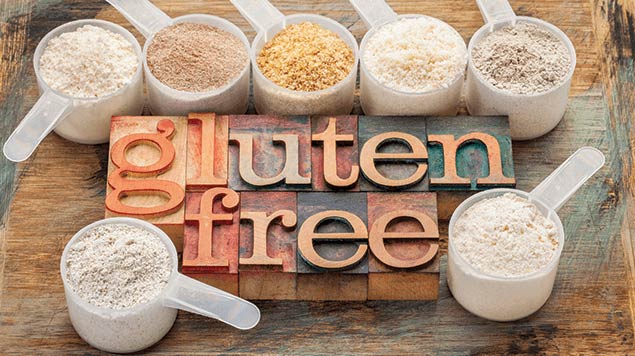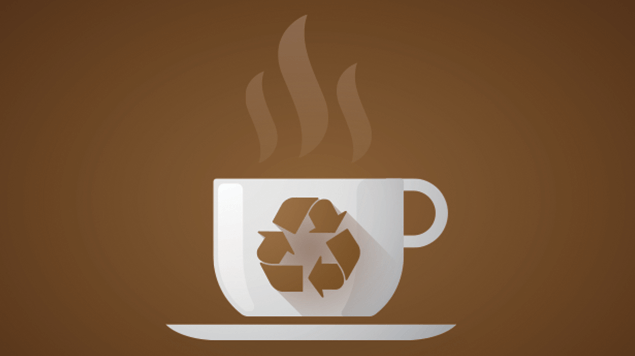If you read any of the “coffee trend” reports in the beginning of 2017, you no doubt saw the term “nitro” mentioned a few times. This is a special style of making cold brew coffee that has given rise to hundreds of new brands. Even Starbucks is moving fast on this trend, now offering nitro coffee on draft in over 500 of its locations. This is one consumer trend that has made its way to the workplace. According to Kimberly Lenz, Director of Sales Development and Customer Care here at Associated, employers are scrambling to meet employee demand for nitro brew systems at the office.

It should be no surprise then that cold brew is especially popular among Millennials. The marketing intelligence agency Mintel found that 66 percent of American millennials drink cold brew coffee, compared to 34 percent of GenXers. A study by the National Coffee Association found that 15 percent of the consumers it surveyed have tried cold brew.
The demand seems to be driven by a few key factors:
Taste: Nitro brew offers a truly unique taste. Not that a venti caramel, macchiato with a shot of vanilla syrup isn’t unique, but a nitro brew’s uniqueness comes from its texture. Infusing cold brew with nitrogen gives it a “textured mouthfeel” that is foamier and creamier, leading many to compare it to drinking a Guinness, who actually patented the nitrogen-dispensing keg. This is no surprise considering the recipe was developed by people in the craft brew industry.
Healthy Alternative: Besides the natural creamy, textured feel, it has health benefits as well – the nitro-infused process removes 80% of the acidity that normal hot brew coffee has, while also bringing out more of the natural sweetness of some types of coffee beans. This pleases health-conscious drinkers because it allows them to cut back on (or totally eliminate) additives like cream and sugar. In speaking with Employees, we’ve learned that they are tapping into nitro brews for a post lunch / late afternoon pick me up, often times replacing more artificial cold caffeinated beverages like energy drinks.

Sustainability: The nitro coffee-making process is also lauded for being more sustainable than other types of coffee production. Because it relies on not much other than filtered water, organic coffee beans, and nitrogen, it’s environmentally-friendly. The process is simple: make cold brew coffee (a process involving leaving coffee beans in cold water for 12 hours or more to extract the flavor), add nitrogen, and then pressurize the mixture (this is usually done in a keg). Nitrogen acts as a natural preservative, extending the shelf life of the cold brews sold by the can.
Although most consumers were introduced to Nitro brew sold in cans, sourcing the cans for the workplace can be cost prohibitive for businesses. And although the Kegs are not inexpensive the effective cost per employee is significantly less than sourcing the cans of nitro brew which can run as high as $4 per can. Not only are employers starting to see the cost benefits of sourcing kegs vs. cans, but they are noticing a certain perceived coolness to having a keg or two in the office.
Although nitro brew is the latest trend, we expect to see demand for nitro systems at the workplace continue to grow through 2017 giving rise to other nitro infused drinks like Matcha and Kombucha. At Associated, we plan to offer a variety of cold brews and kombuchas sourced locally from Bay Area companies in the coming months.
We’ll report back on the trajectory of Nitro systems at the workplace again in Q1’ 18. In the meantime here’s to tapping those Kegs!

